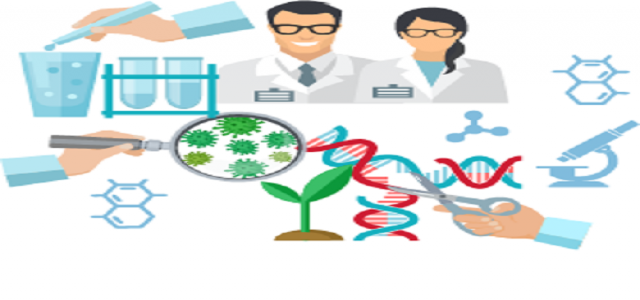
The demand for artificial organs is expected to witness significant growth on account of rising prevalence of chronic diseases and rapid technological advancements in the field of medical science. Increasing cases of cardiovascular conditions could drive the need for organ transplants. In the U.S alone, nearly 655,000 citizens lose their life to heart disease each year.
According to the CDC, coronary heart disease was considered the most common kind of heart disease in 2017, accounting for almost 365,914 deaths that year. Such instances could boost awareness on the significance of artificial organs in CVD treatments.
Request for a sample copy of this report @ https://www.decresearch.com/request-sample/detail/3447
The ratio between organ donations and organ transplants is highly lopsided, with demand for transplants constantly rising. Therefore, there is a continuous need for artificial organs to fulfill the demand for organ transplants across developed as well as developing countries. In Australia, nearly 1,700 citizens are on a waitlist for transplant as of this moment. Similarly, over 40,000 were reported to go through end-stage kidney disease in Canada in 2018, out of which almost 4,351 people were on transplant waiting list.
Artificial organs provide an effective solution to lower the death burden because of organ unavailability. Surging population that is highly susceptible to organ failure could massively benefit the artificial organs industry outlook.
According to a study conducted by GMI, the artificial organs market attained a valuation of more than USD 18.4 billion in 2019 and is projected to record a CAGR of 8.9% by the end of 2026.
This growth can be contributed to some of the ongoing trends mentioned below:
Growing popularity of silicon organs -
Silicon is largely used to develop artificial organs owing to its flexible features and soft nature. Back in 2019, the segment had generated over USD 6.5 billion in revenue and is expected to maintain upward growth during the forecast timeframe. Additional characteristics of silicon such as high-temperature tolerance could further its demand in new markets.
Promising opportunities across North America -
Rising organ transplant cases across North America could drive growth opportunities for artificial organs developers. Earlier in 2019, the regional market accounted for over USD 7 billion in terms of revenue size. According to the American Transplant Foundation, more than 700,000 transplants were conducted since 1988 in the United States.
Moreover, the U.S. alone accounts for nearly 40,000 corneal transplants every year. Thus, the demand for artificial organs is likely to be consistent across North America, especially in the U.S.
Request for customization @ https://www.decresearch.com/roc/3447
Adoption of new business strategies -
Companies operating in the artificial organs industry are focusing on expanding their market presence by adopting a number of strategies like developing and commercializing novel products, collaborations, and public funding.
Taking October 2020 for instance, Kangstem Biotech Biomaterials developed a high-performance and high-efficiency implanted bio-artificial liver featuring a comprehensive vascular structure. Similar product innovations could significantly improve the quality of life of patients waiting for transplants.
Medtronic Plc, Zimmer Biomet, Boston Scientific Corporation, SynCardia Systems, LLC, Nipro Corporation, Baxter, Ekso Bionics Holdings, Inc., Cochlear Ltd., Berlin Heart GmbH (Syscore GmbH), and Ottobock are a few prominent names in this industry.
© 2025 groundalerts.com. All Rights Reserved.